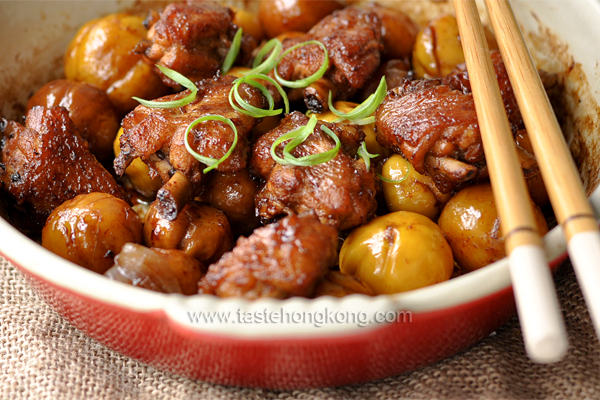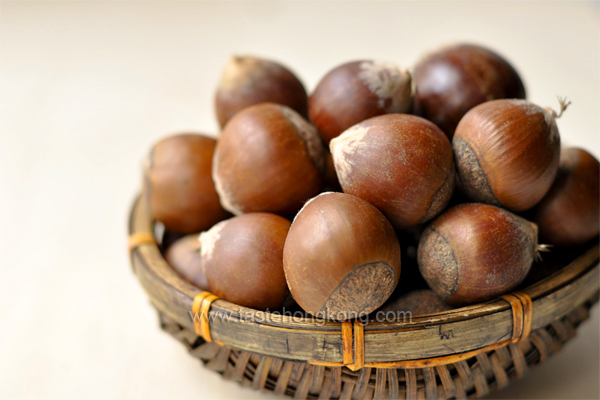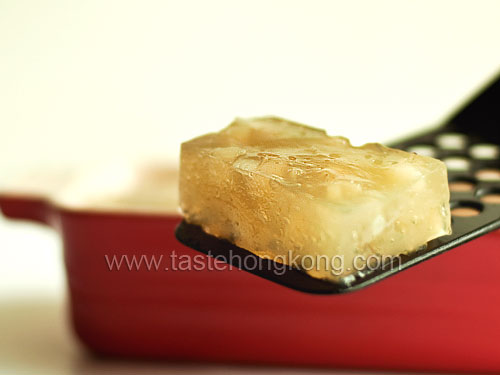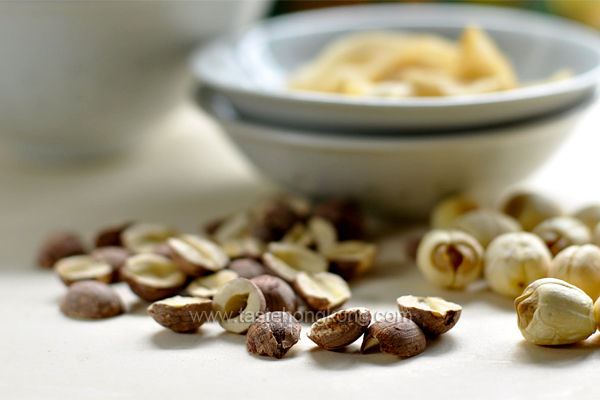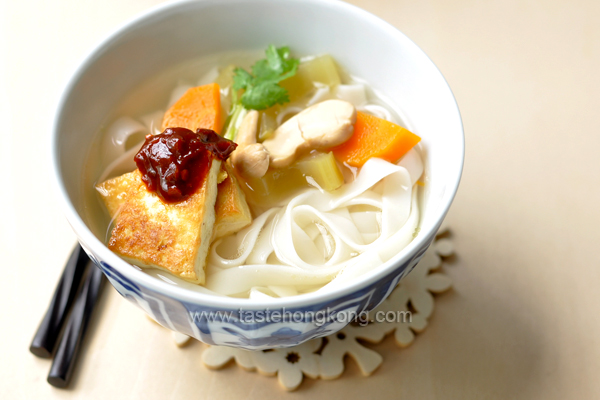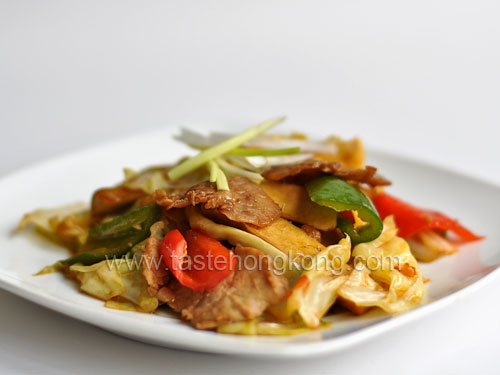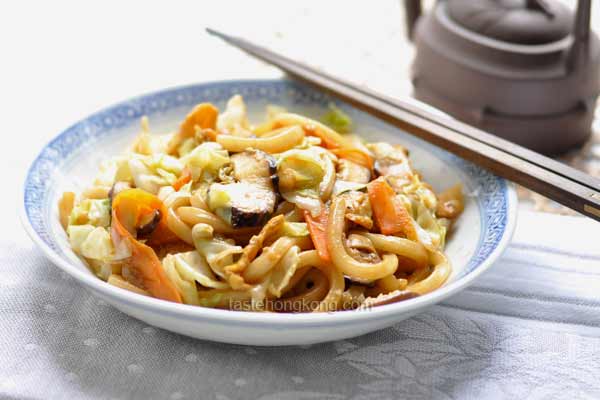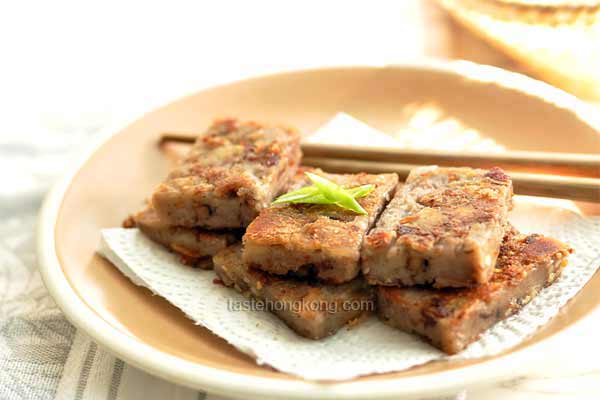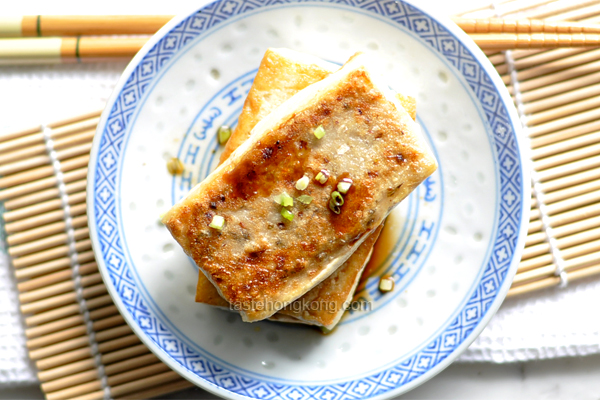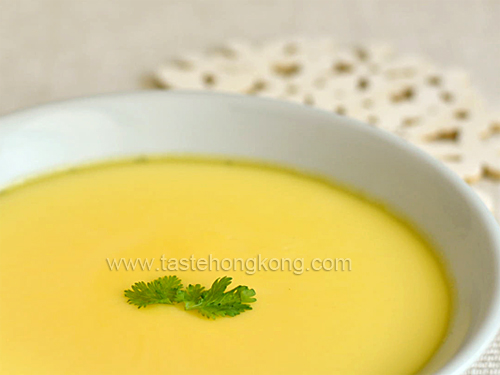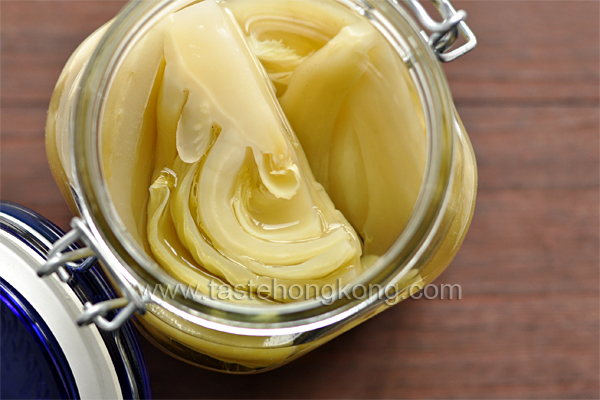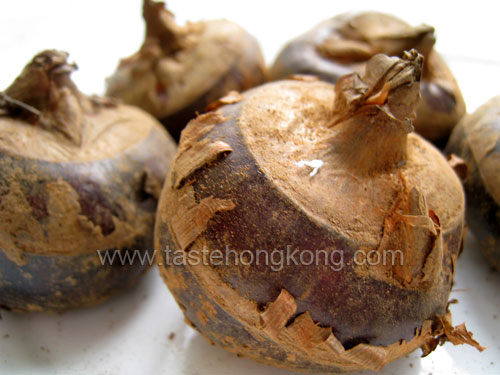
Do not misled by the name of water chestnut, it is not at all a member of the nut family but is about the size of a walnut. 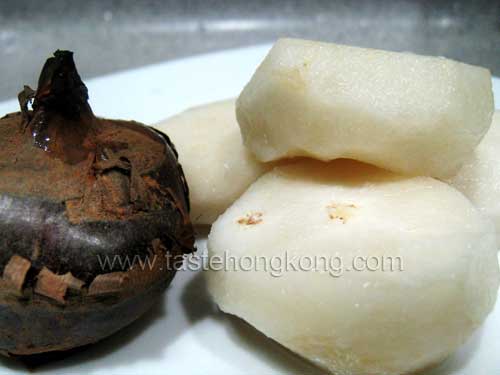 Water chestnuts (荸薺 or 馬蹄 in Chinese) are the knobby root of an aquatic plant that grow in areas also suitable for paddy fields. That is why they are widely found in China and South East Asia, where they are said to be planted between rice crops. Since harvesting of water chestnuts is pretty labor intensive, no doubt they are less common in regions of high costs of living like Japan and Australia though these affluent areas also grow abundant rice.
Water chestnuts (荸薺 or 馬蹄 in Chinese) are the knobby root of an aquatic plant that grow in areas also suitable for paddy fields. That is why they are widely found in China and South East Asia, where they are said to be planted between rice crops. Since harvesting of water chestnuts is pretty labor intensive, no doubt they are less common in regions of high costs of living like Japan and Australia though these affluent areas also grow abundant rice.
Nice water chestnuts are firm with no rotten or soft spot. Their skins, often muddy, have to be peeled off before cooking. The flavor of water chestnuts is mild yet a little bit sweet. Even after cooked, they are still crunchy and juicy.
Once peeled, do rinse and clean them thoroughly and cover with cold water or their pale-looking flesh may turn rusty. If chilled in fridge, and water is replaced daily, the peeled water chestnuts can be stored for one to two weeks. Besides they can also be eaten raw alone as snack. If not taken as a snack or cooking ingredient, you may just boil them in water and add in your preferred amount of sugar (we often use rock sugar to go with it) and that will give you a good cup of sweet soup.
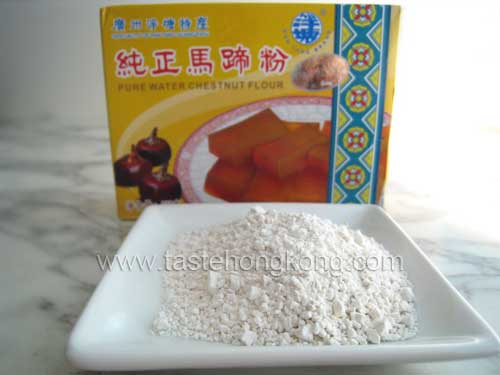 Water chestnuts can also be dried and made into powder form and is known as water chestnut flour or starch. The flour (like corn starch) is often used as thickener in Chinese cooking, and sometimes for use in making puddings or steamed cakes.
Water chestnuts can also be dried and made into powder form and is known as water chestnut flour or starch. The flour (like corn starch) is often used as thickener in Chinese cooking, and sometimes for use in making puddings or steamed cakes.
A day before, I have used water chestnuts as one of the fillings for preparing some Lettuce Wraps, just click here to read details of the recipe or leave a comment.
To get immediate updates and new recipes from my blog, you may also SUBSCRIBE them via RSS feeds. See you there.
